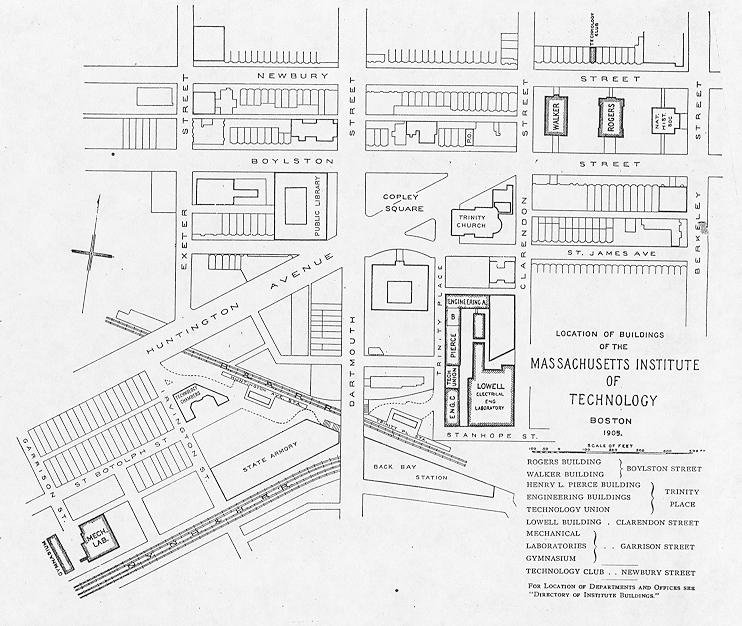Spotlight on Women in Electrical Engineering History: Edith Clarke
Women have made contributions to engineering before engineering was even a recognized profession. Hypatia of Alexandria, who is credited with inventing the hydrometer, used principles of engineering centuries before it was taught as a formal discipline in colleges. In the late 18th and early 19th centuries, engineering was officially recognized as a formal academic discipline, but women were typically only allowed to receive certificates of completion in the study, not formal degrees. Who would eventually shatter the ceiling and become the first woman with an electrical engineering degree? That woman was Edith Clarke.
Born in 1883, Edith was one of 9 children. At twelve years old, she was orphaned. Edith used her inheritance money to pay for her studies in math and astronomy at Vassar College. After graduation, she taught math for a few years before enrolling in an engineering program at the University of Wisconsin, (the alma-mater of PowerStudies’ Bob Fuhr!) After one year there, Edith took a summer job as a computer with AT&T. Before the advent of electronic computers, a computer was a person who performed intense mathematical calculations, usually as part of a team. Edith enjoyed this work so much, she stayed on for the next 6 years, training and directing teams of computers. In 1918, Edith enrolled in MIT’s electrical engineering graduate program. She was the first woman to receive her electrical engineering graduate degree from MIT in 1919. This was just the start of many important firsts in Edith’s career.
Map of the Massachusetts Institute of Technology in 1905
In 1926, she was the first woman to present a paper to a meeting of the American Institute of Electrical Engineers. Her paper, Steady-State Stability in Transmission Systems, went on to win the AIEE’s 1932 Best Regional Paper Prize and the 1941 National Paper Prize. She became the first woman to achieve professional standing as an electrical engineer in the oldest engineering honor society in the U.S., Tau Beta Pi. In 1947, Edith became the first female professor of electrical engineering in the United States when she joined the faculty at the University of Texas at Austin. One of Edith’s most important contributions to the field was her invention of the Clarke Calculator. The Clarke Calculator was a device that helped with the complicated calculations needed to determine current, voltage and impedance in power transmission lines. The calculator was capable of solving these equations ten times faster than the previous methods used.
“My invention relates to a calculator, and more particularly to a calculator for investigating the electrical characteristics of long lines for the transmission of electrical energy.” - Edith Clarke, filing out an application for her patent on the Clarke Calculator, 1921
In spite of all these amazing accomplishments, Edith struggled for many years to find employment as a professional electrical engineer after graduating with her degree. GE hired her, not as an engineer, but as a supervisor of computers in their Turbine Engineering Department. Although Edith enjoyed computing, this work was not what she had in mind when she graduated from MIT. Unfortunately, the engineering employment opportunities for women during this era just weren’t forthcoming. Nevertheless, Edith was resourceful. After leaving GE in 1921 to teach physics to women in Turkey, she was finally re-hired, one year later, by the company to work as an electrical engineer.
“There is no demand for women engineers, as such, as there are for woman doctors; but there’s always a demand for anyone who can do a good piece of work,” Edith told The Daily Texan in an interview.
It is important to recognize trailblazers such as Edith and spotlight their contributions to engineering! At PowerStudies Inc., we strive to promote diversity and are proud to be a woman-owned business with a diverse team!
To meet the PowerStudies team, click here!

